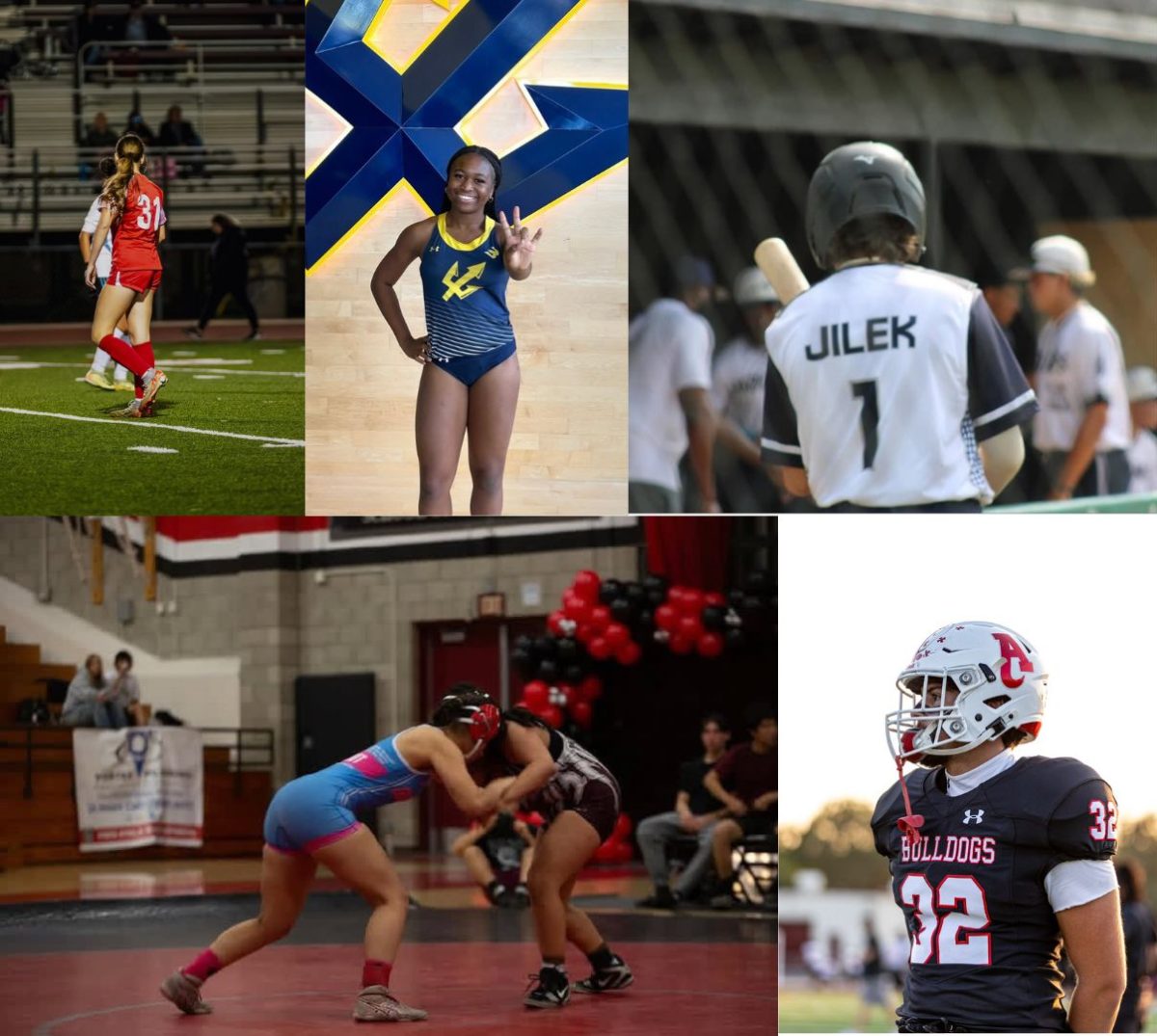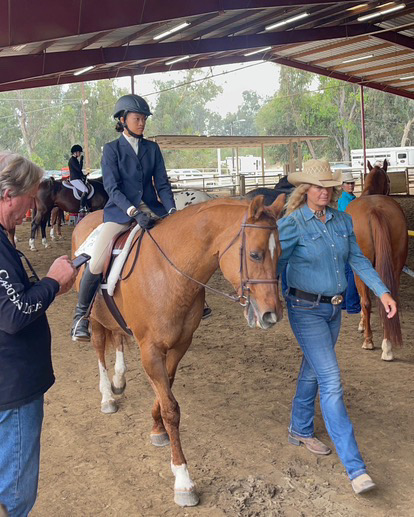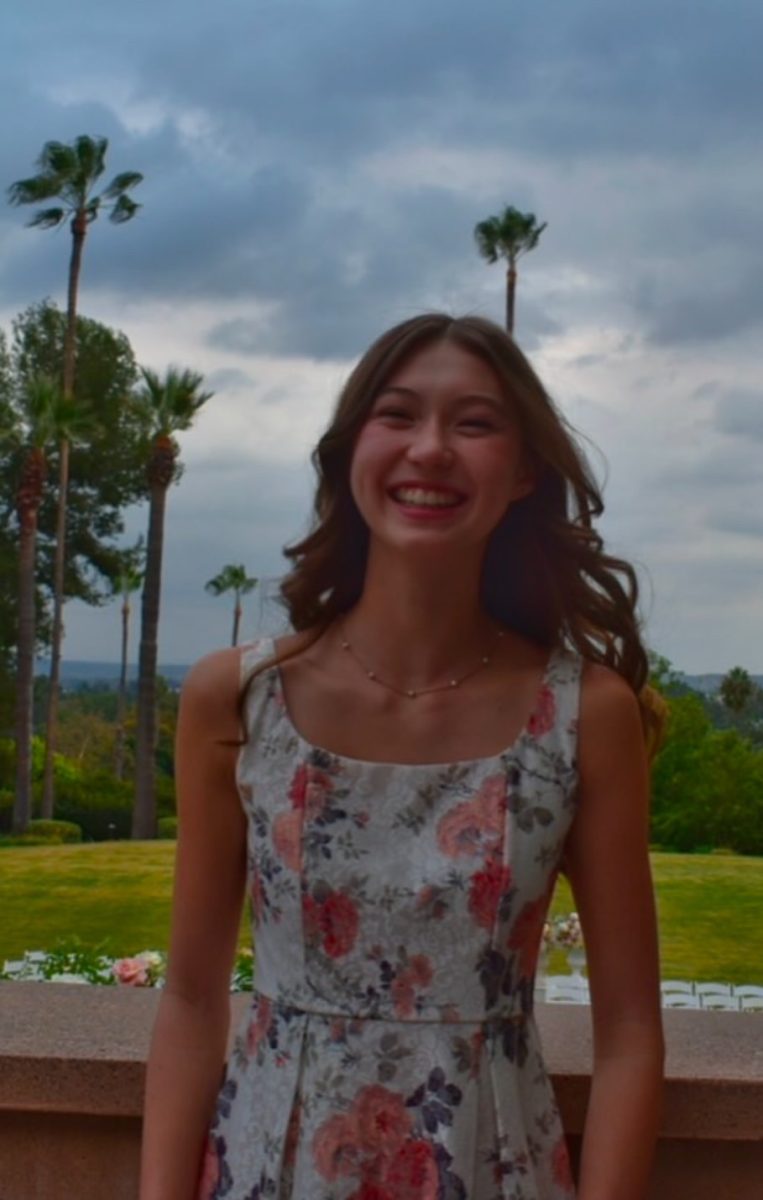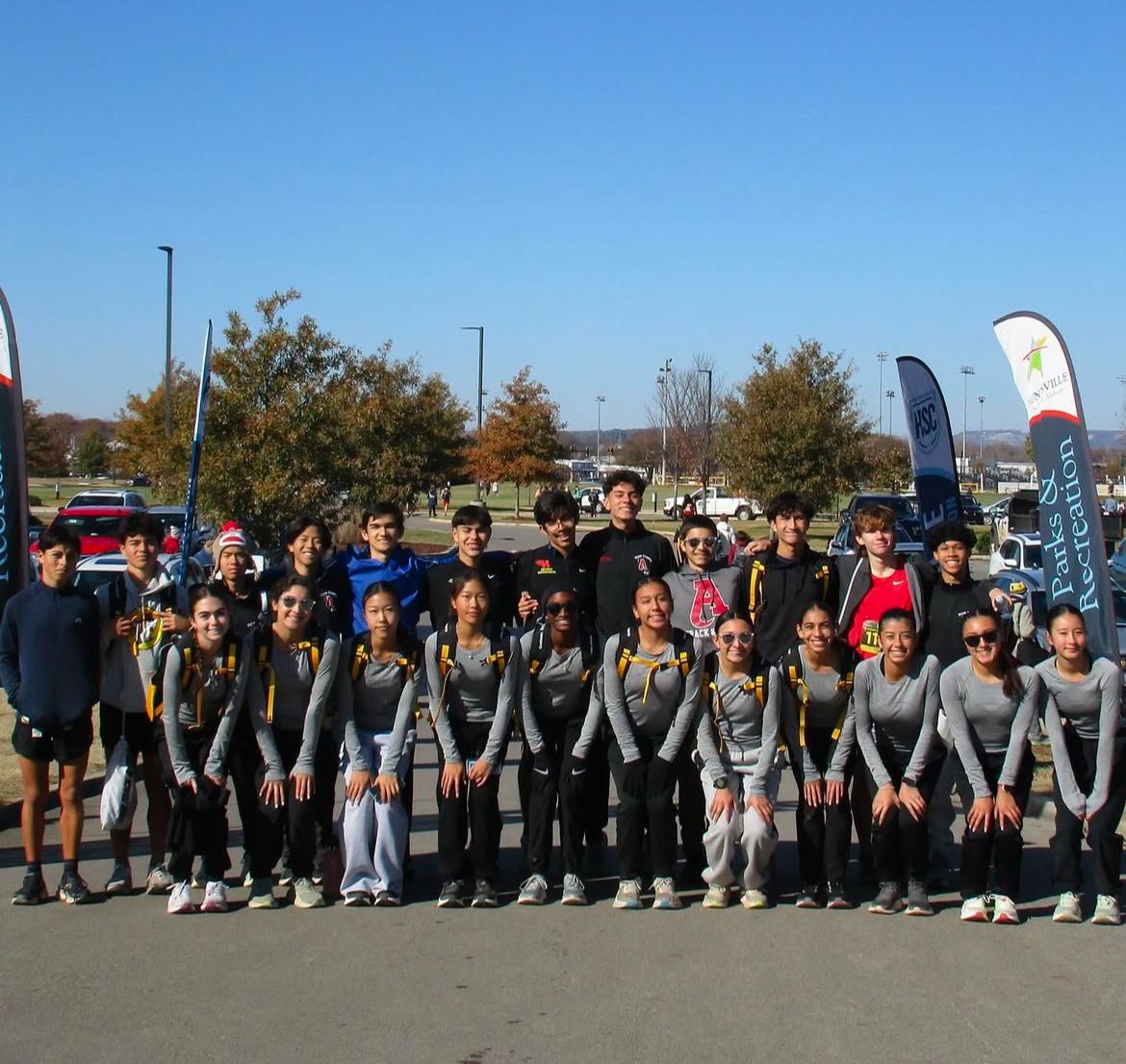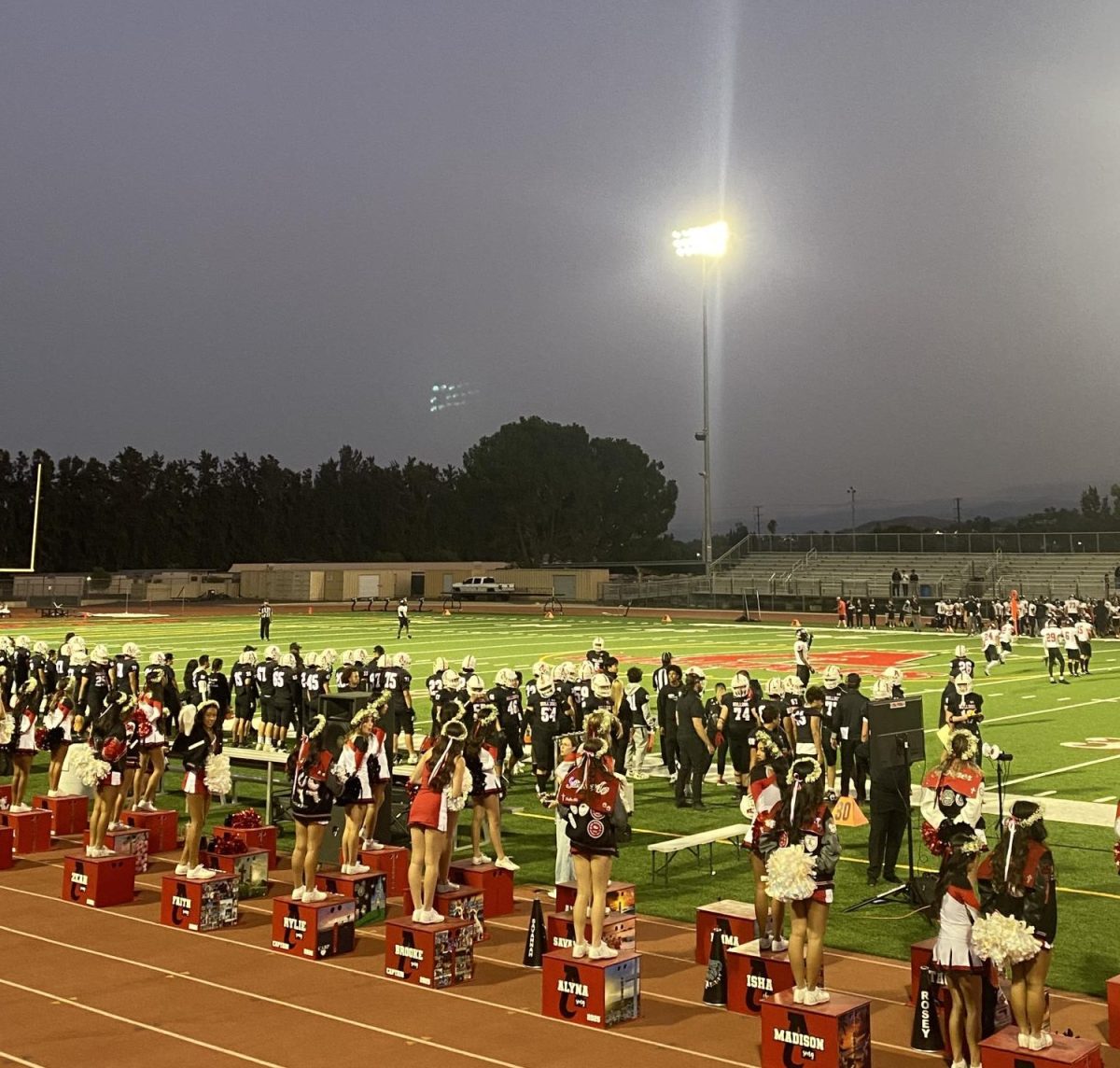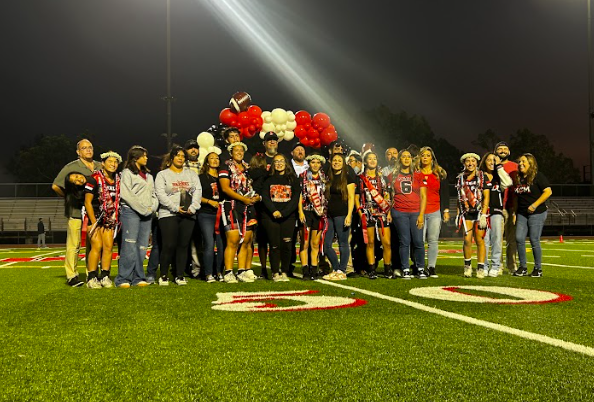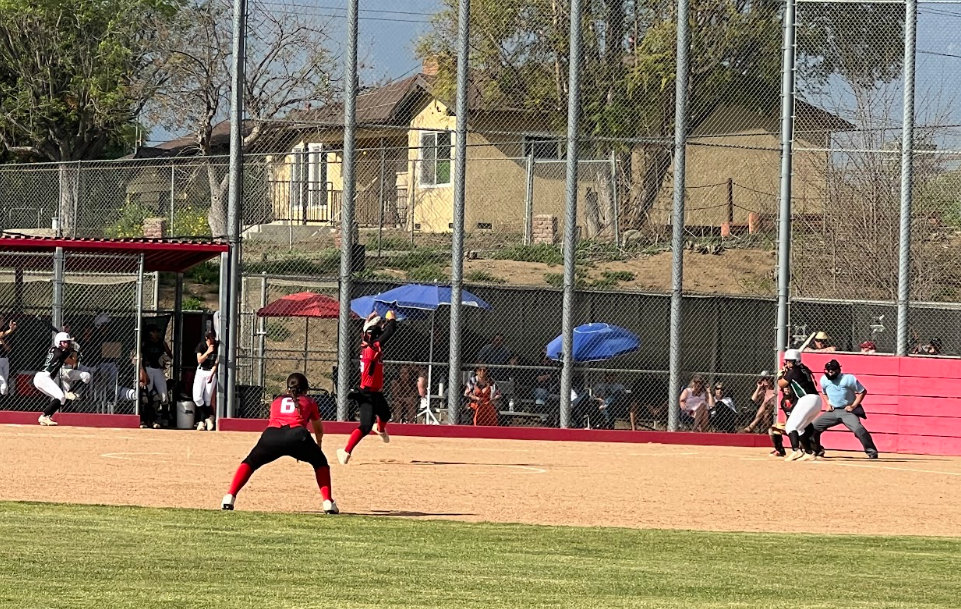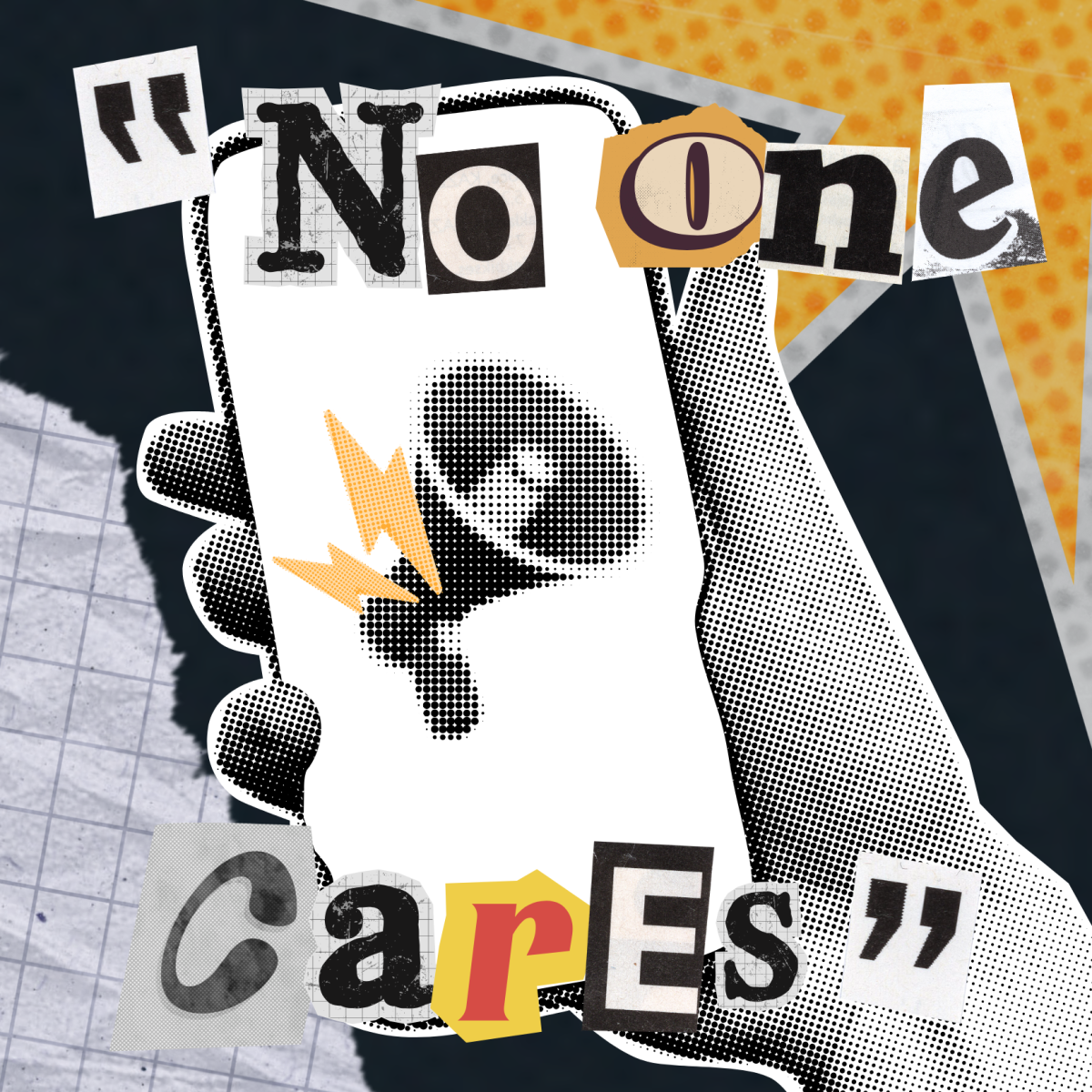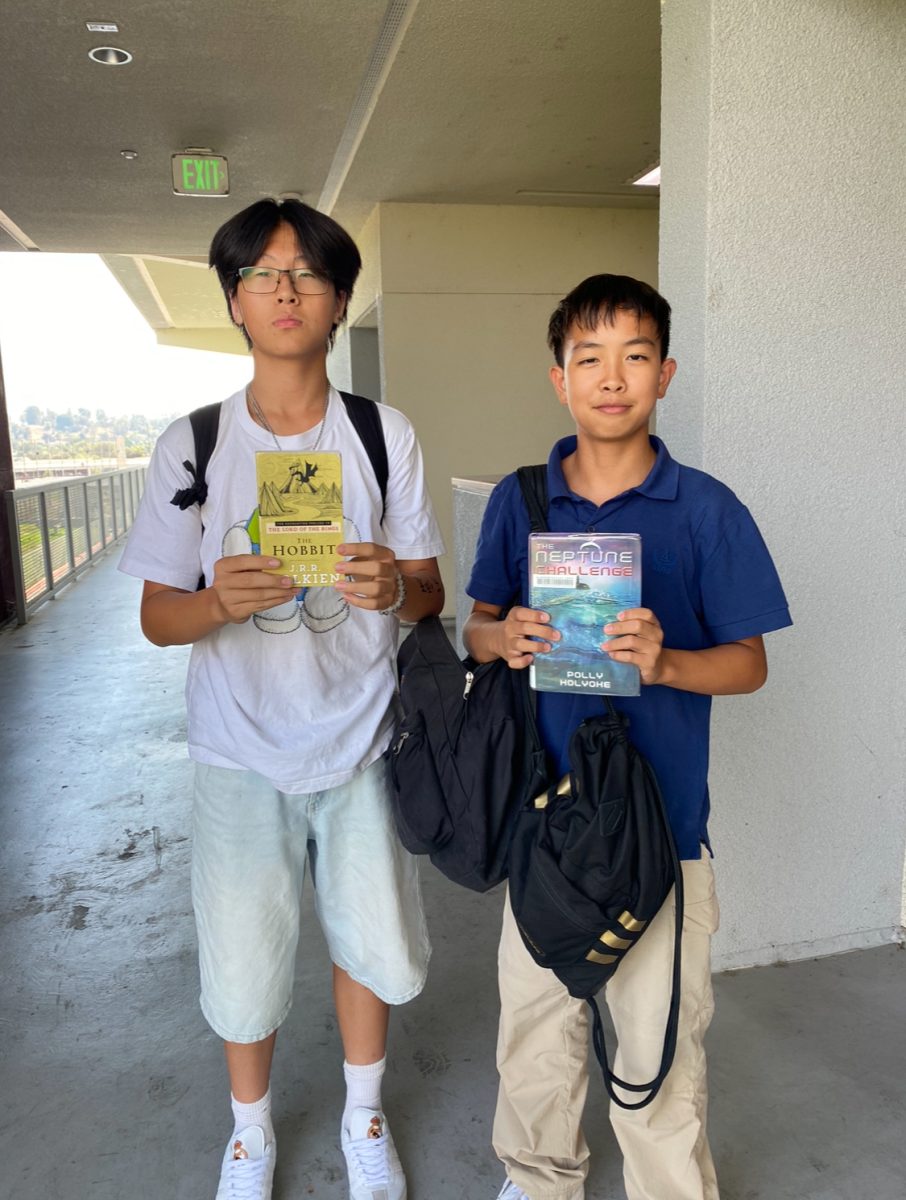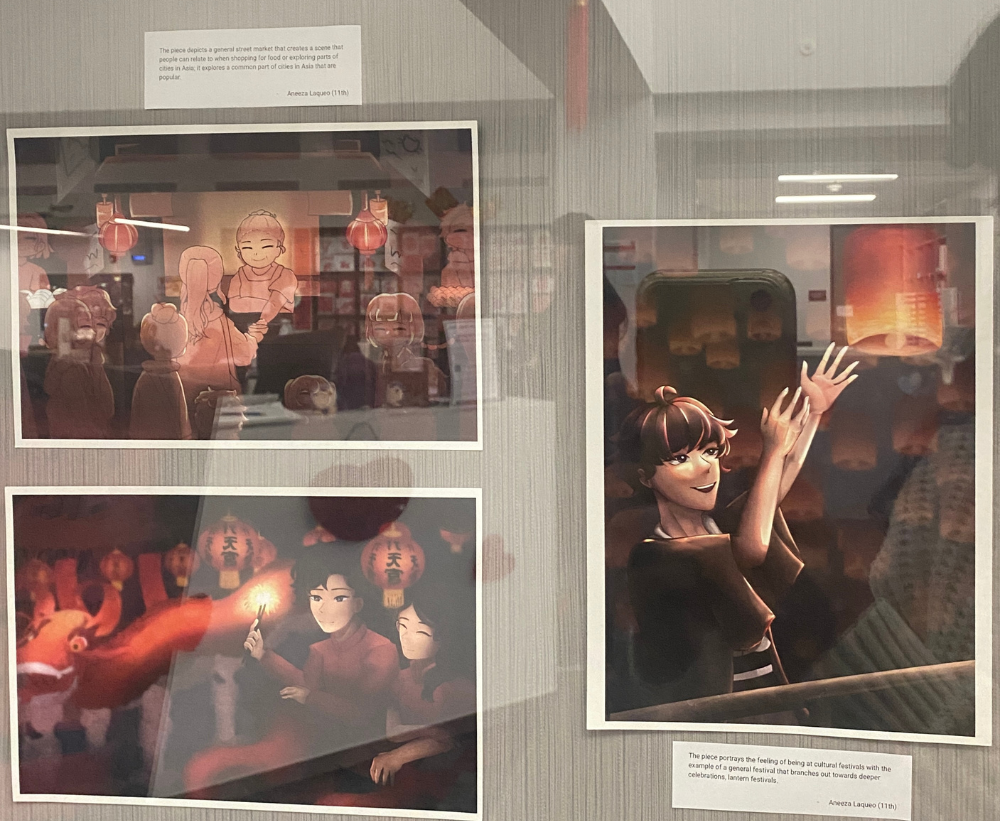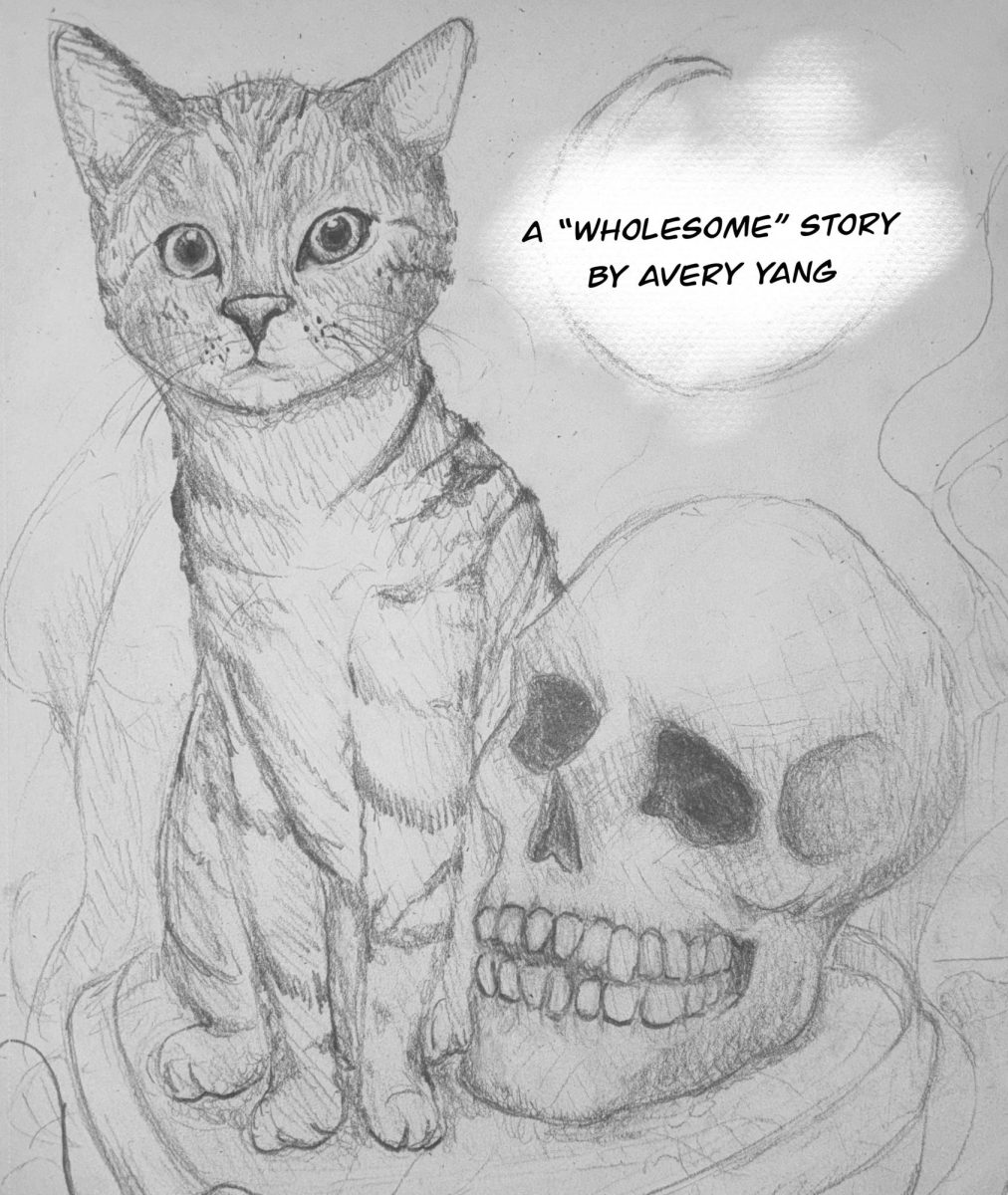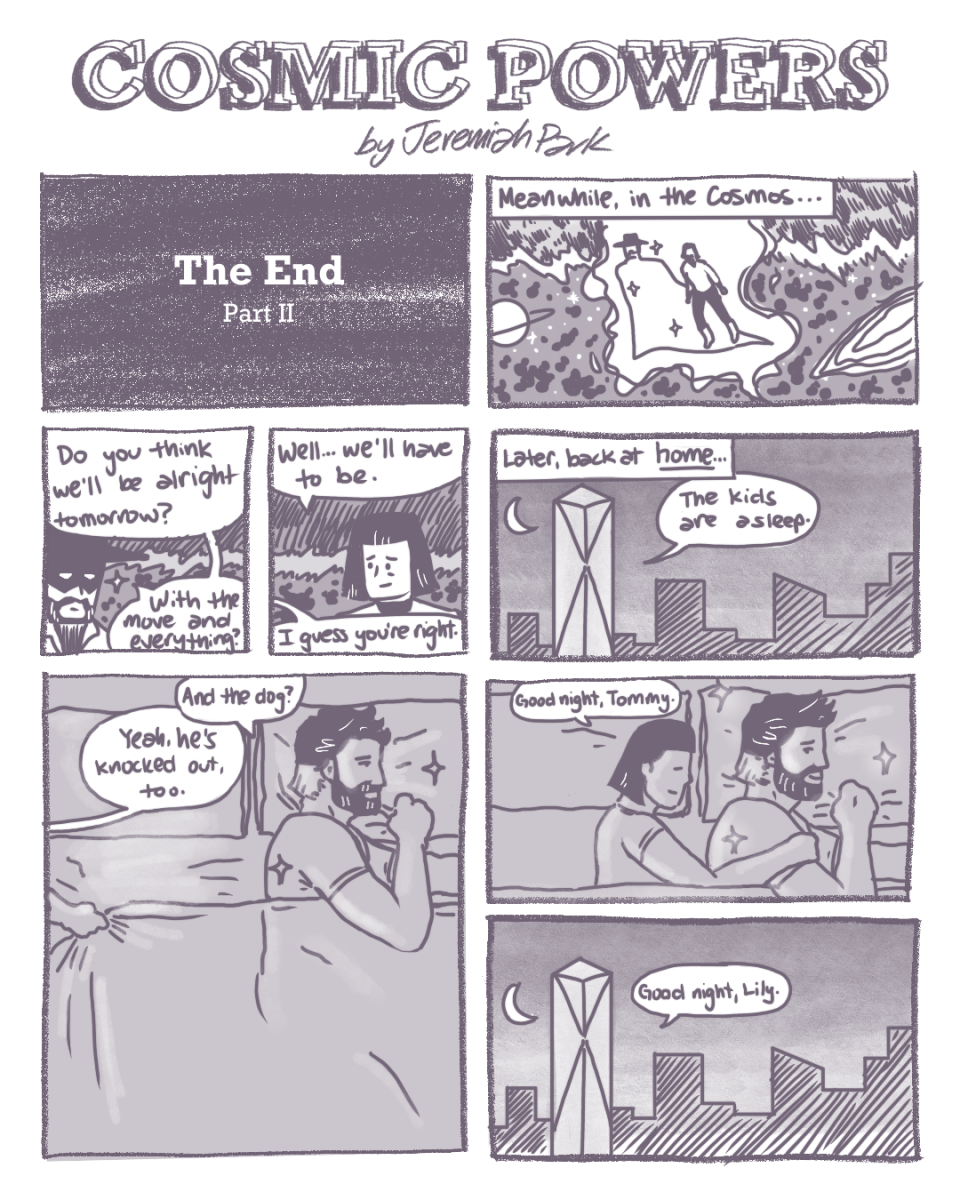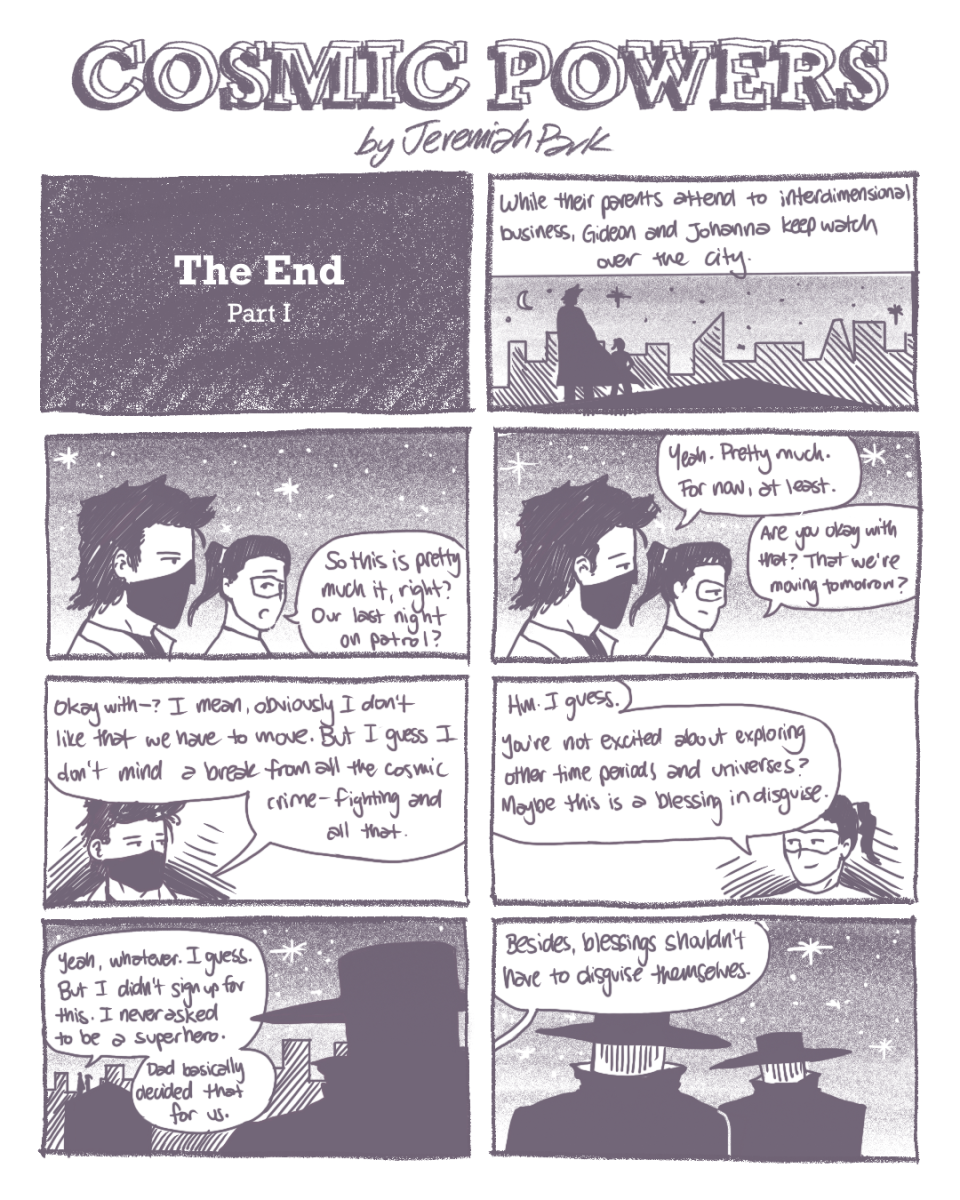An architect’s full-circle experience
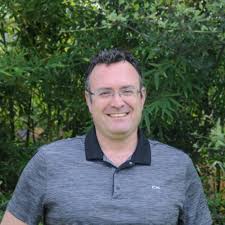
Michael Collins
November 10, 2021
Engineering and design may not be considered to be a vital or important part of a school curriculum, however, students in the several engineering and design based classes taught by Michael Collins beg to differ.
Collins, who has been working in the professional world of architecture for over 20 years, has always had a passion for the craft.
“I started out being inspired by several high school teachers,” Collins said, “when I was a junior in high school, I fell in love with the subject and was able to get an internship job, which let me actually make money while I was in high school.”
Collins was able to use his experiences in high school to continue pursuing an education in architecture at California State Polytechnic University (otherwise known as Cal Poly Pomona), where he was able to achieve a bachelor’s degree in architecture.
Collins, knowing that he was interested in architecture, was also interested in the aspects of architecture that many don’t take into consideration when visualizing what an architect does in their day-to-day life.
“The advantage of an architectural degree is that it not only allows you to be exposed to engineering, but also to a lot of the arts and humanities classes,” Collins said, “I felt like the architecture program makes you a well rounded individual, and you have to have a more diversified understanding of all the different classes and professions.”
There are certain skills and traits that someone working in the engineering and design field need to acquire, whether through experience or naturally having those skills. Collins believes that there are certain skills that are typically learned through a classroom setting, however, there are certain skills that Collins already had acquired, wanting to pursue a career in the field early on in life.
“I think the most important skills are ones we’ve learned in class. This idea of soft skills and understanding how to communicate with your teammates and colleagues, as well as an understanding of software programs,” Collins said, “I do think that I already had these skills, as I was someone who was always interested in doing good work, and I never felt like I was always better than someone else. I always felt like if I could see the way someone did something, I could reflect those same skills into my work.”
Although Collins had been able to make a name for himself not only on campus, but also in the engineering and design world, he hasn’t always had an influence, and grew and developed his craft by working and gaining influence from his mentors.
“Literally the day after graduation, I had a job working for a gentleman, his name was Anthony Lumsden,” Collins said, “he’s an older, very famous architect who has done a lot of amazing projects.”
Lumsden, who has worked on a lot of influential projects, including the Ontario International Airport, had great influence in Southern California as an architect. With Lumsden’s mentorship, Collins was taught how to run a small business, which eventually led to the opening of Collins’ design firm, growing the firm up to about 20 people.
“As a result of learning from Anthony about the design profession, and understanding how to look at architecture and how to appeal to the client’s needs,” Collins said, “that gave me the confidence to pretty much jumpstart my career at a very young age.”
Much like Lumsden, Collins has also worked on projects which have gained significant notoriety, including the Tower Infinity, located in South Korea, which was featured in Time Magazine’s 2013 Best Innovations.
“We worked on it [Tower Infinity] for several months,” Collins said, “it was very difficult for us to complete the project because we had to go through nine to ten years of involvement on a project that we weren’t completely sure was going to be successful, however the motivation we had for the project subsided with such a long delay in time.”
After spending many years in the professional field, Collins decided to take the skills that he learned working professionally into the classroom, teaching young, aspiring engineers the lessons that would become the building blocks to higher degrees of education in the field.
“I got approached several times to go teach at either Cal Poly or other schools in the area,” Collins said, “I turned them down because I didn’t feel like teaching at a collegiate level was for me. But I did realize that I felt like high school was kind of an untapped territory because I knew that my high school teacher left a lasting impression on me.”
Like Collins’ high school teacher, students on campus have felt that Collins has left a positive impression on them through his teaching.
“I love what we’re working on right now, and we’re learning about different styles of architecture and learning how to build our own models based on our own designs,” sophomore Nicole Ochoa said, ”really cool stuff.”
Collins has not only helped influence and shape his students’ views on engineering and design, but has also made some begin to appreciate the field, and even consider pursuing careers in engineering.
“I’ve always had an interest in engineering and just him introducing me to different fields kind of made me love it even more,” sophomore Amelia Goodin said.
Collins takes a professional and industrial approach to teaching in the classroom, as someone who has spent a majority of his career in the professional field, which is evident in the array of high tech and professional grade equipment found in his classroom. Although not everyone may be interested in engineering and design, people like Collins, who have had an evident lifelong passion for the industry, are able to use their skills and experiences to help shape the future of aspiring engineers.

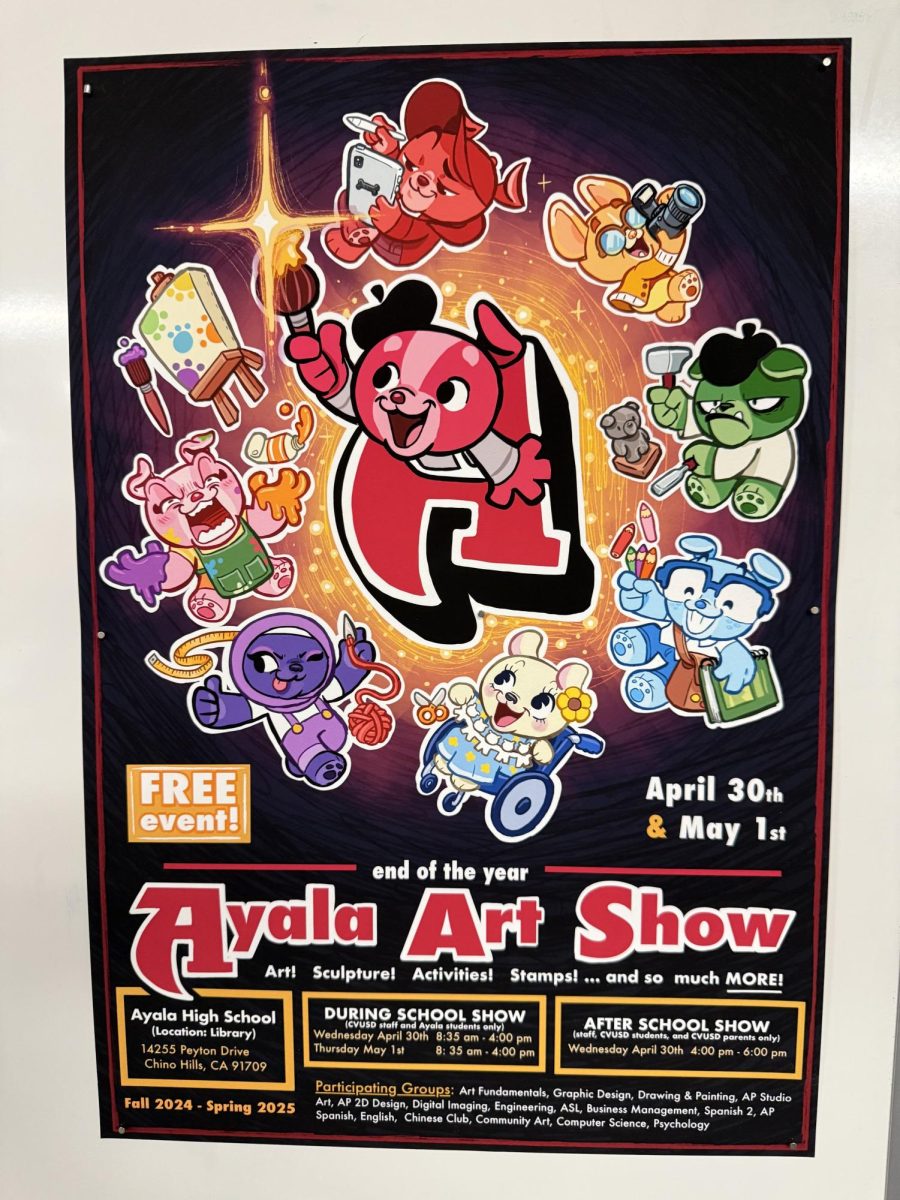
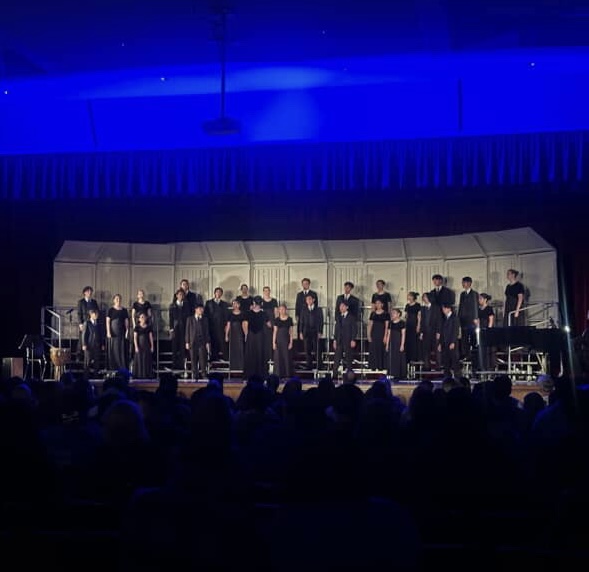

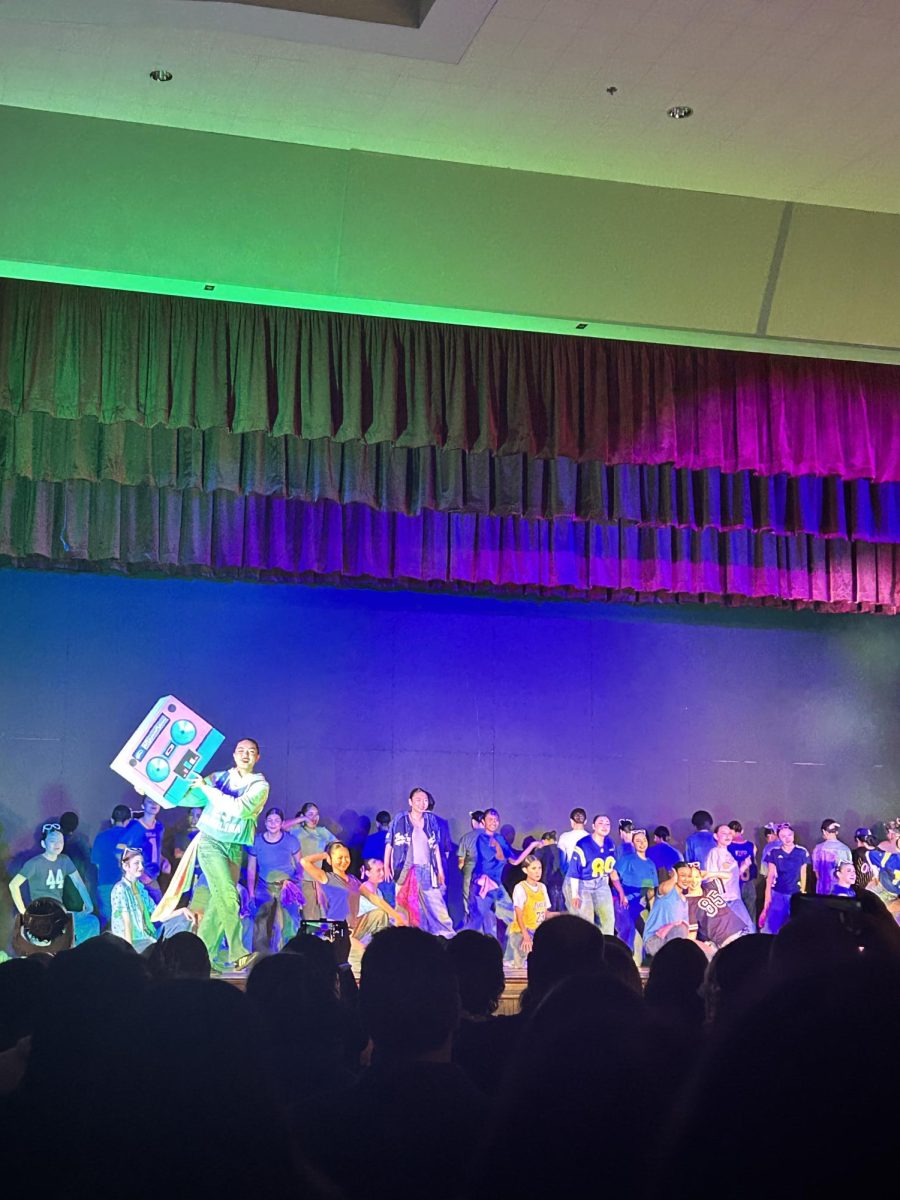
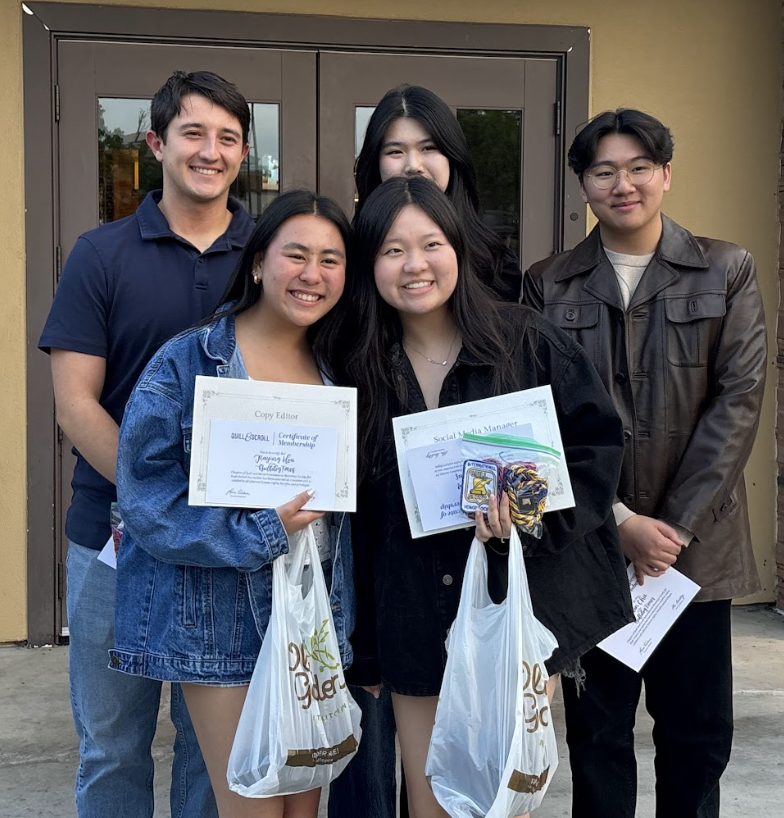
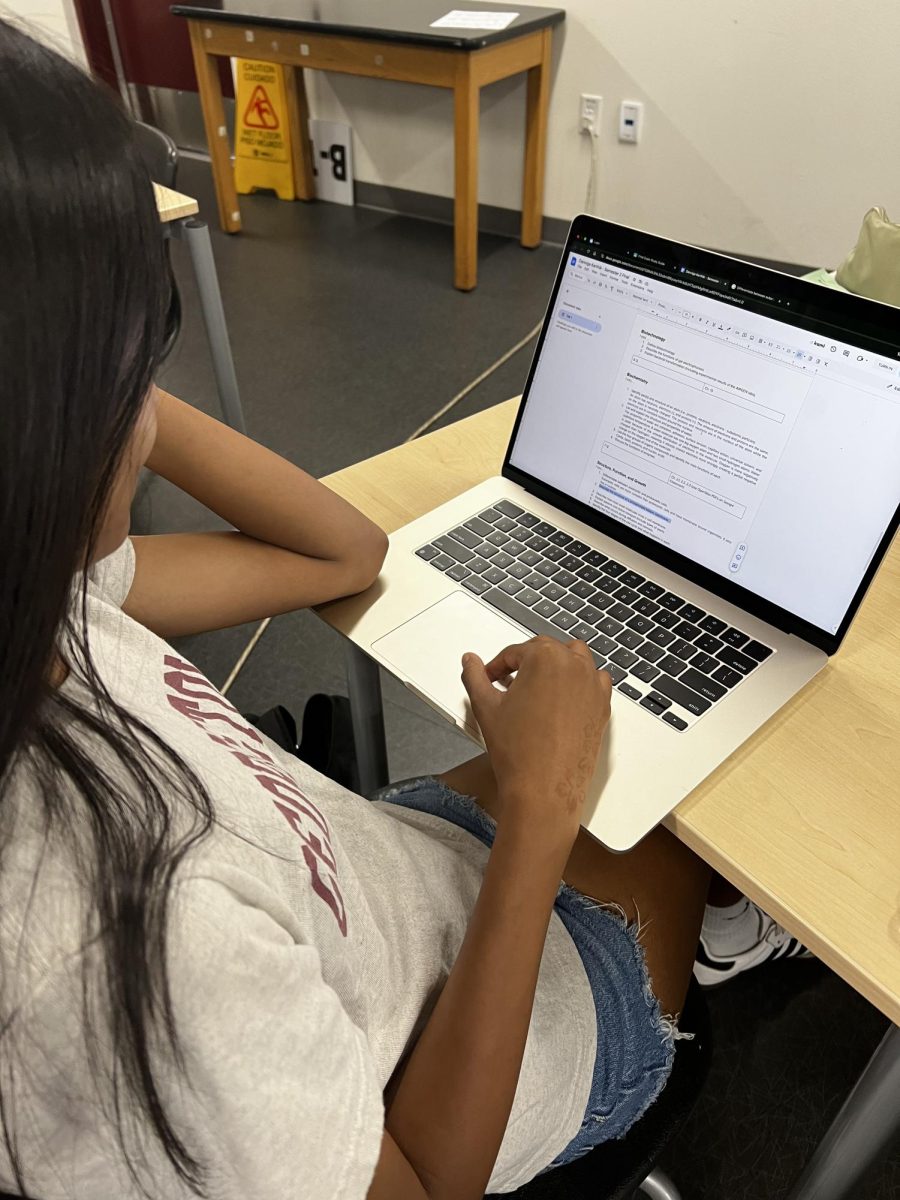

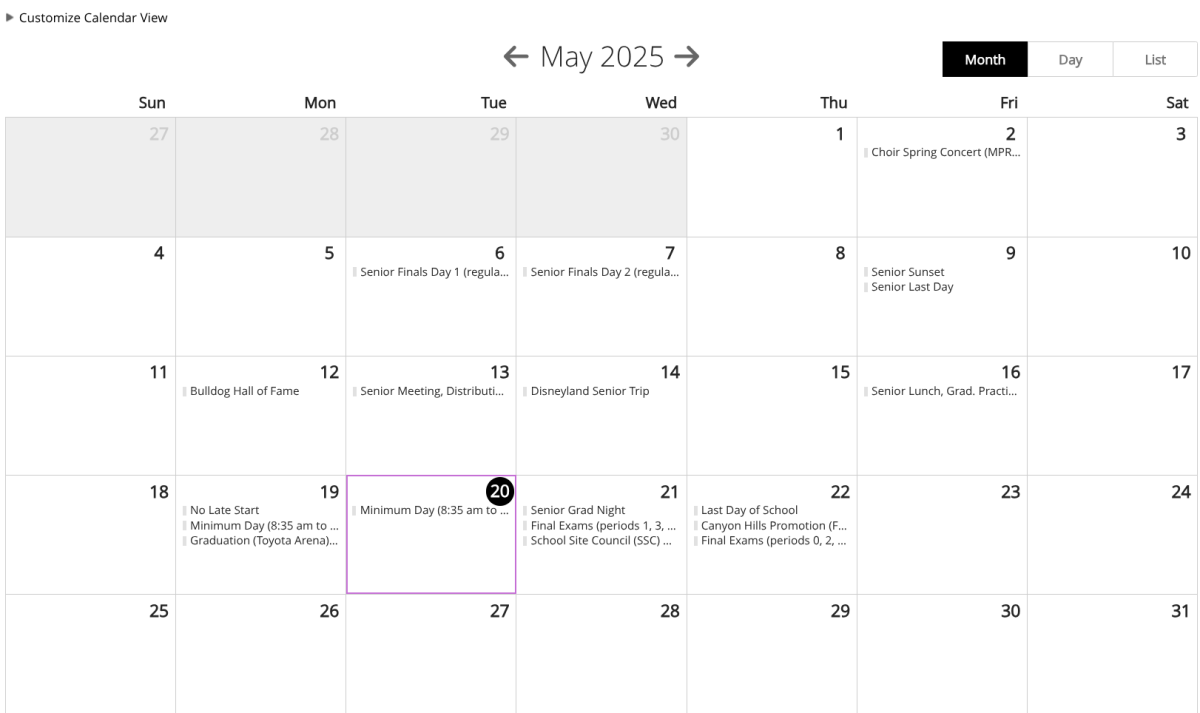


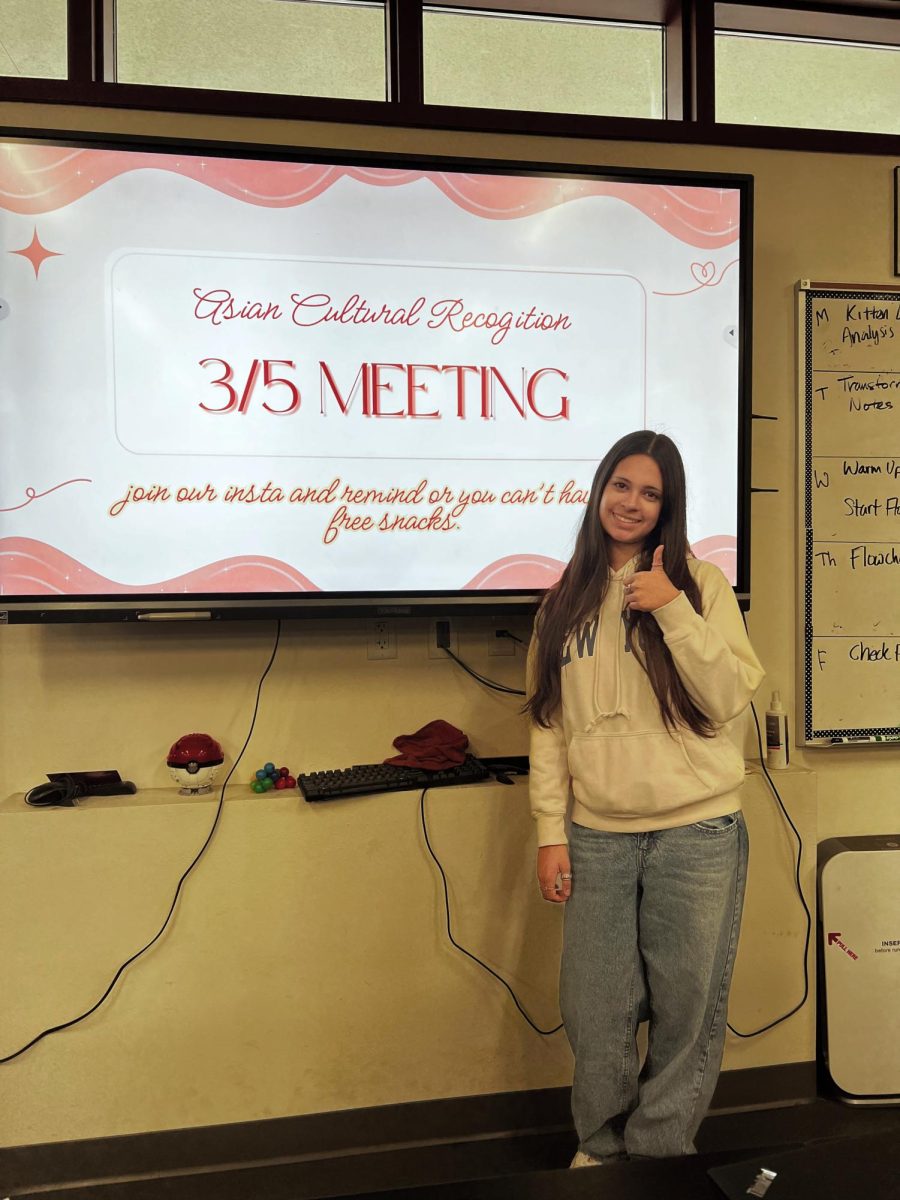







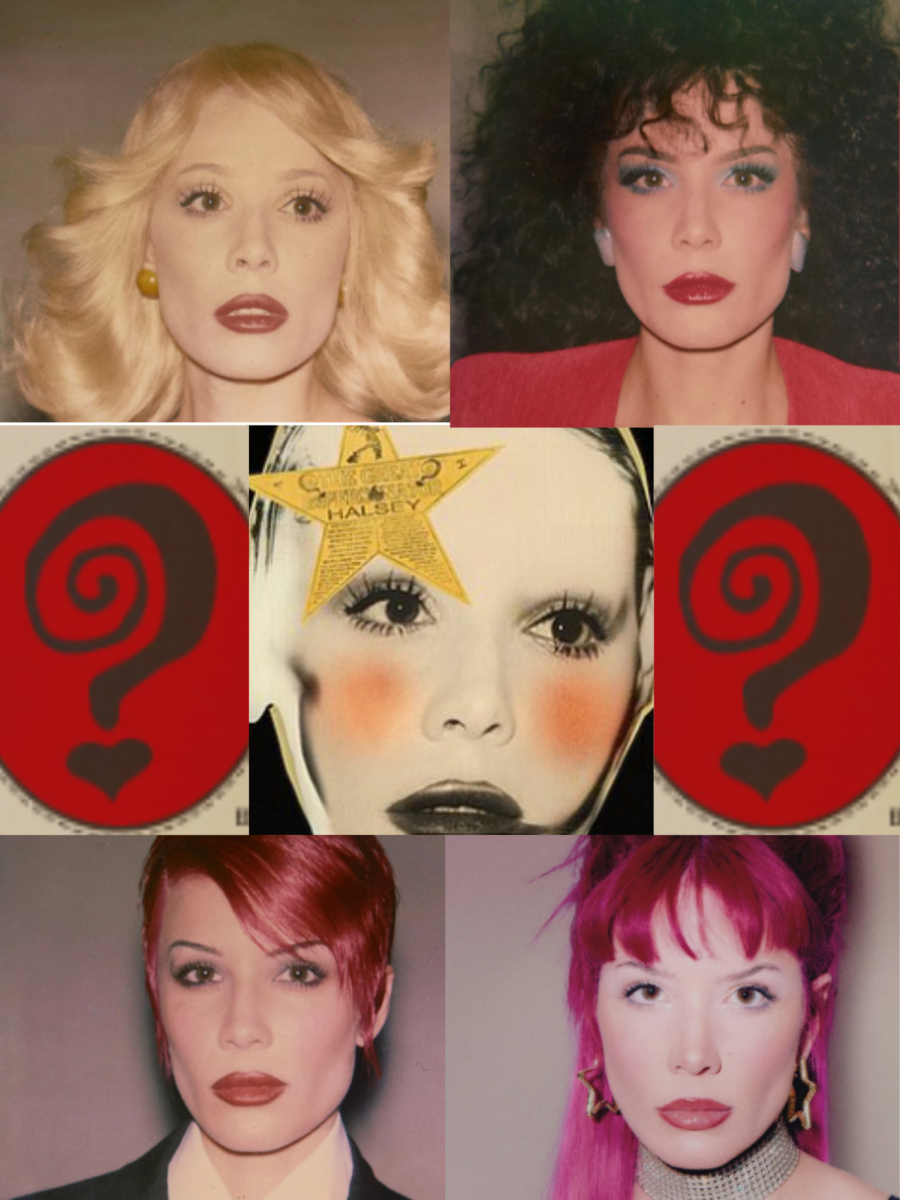
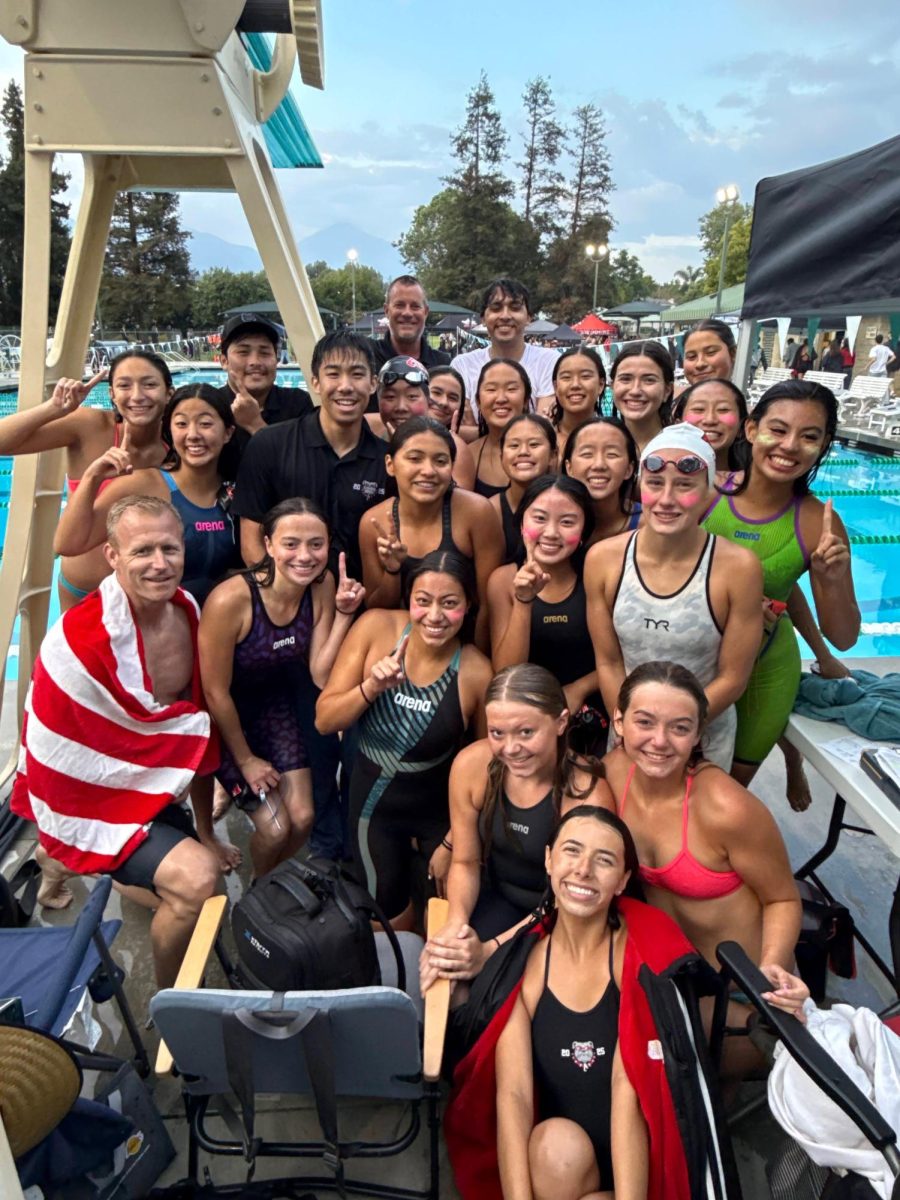
![“I'd say [this season was] successful because I didn't really think I was going to really play much because I'm a freshman. But my coaches took the time and believed in me,” Jonah Boyd (9) said. As a freshman, Boyd has already achieved great success during his first year on the boys Varsity baseball team.](https://ayalabulldogtimes.org/wp-content/uploads/2025/05/IMG_1598-1.jpeg)

